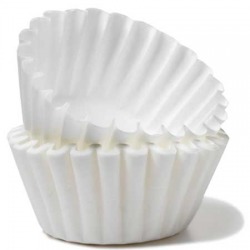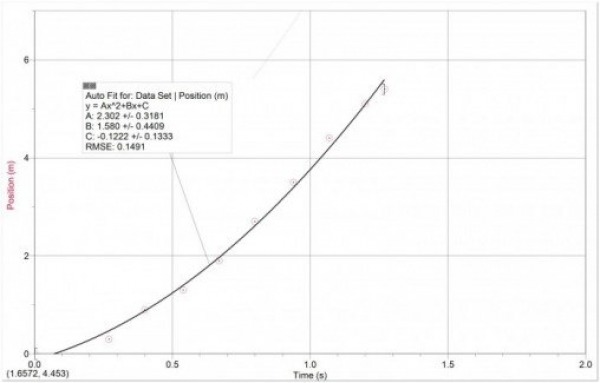Free Fall Lab
Purpose: We conducted this lab in order to measure the acceleration of a falling object which in our case would be a stack of coffee filters.
Equiptment: Stack of coffee filters, camera, meter stick, hand-made paper meter counter.
Purpose: We conducted this lab in order to measure the acceleration of a falling object which in our case would be a stack of coffee filters.
Equiptment: Stack of coffee filters, camera, meter stick, hand-made paper meter counter.
Procedure: The variables that we can change with this experiment are the number of coffee filters dropped and the height at which they were dropped. We always kept the number of coffee filters constant but we did vary the height dropped from. In the end the best data we recorded was from a smaller meter drop. When we dropped the coffee filters off of the grand staircase, the data was harder to record. We could make a measuring device to record the distance from any height, for different data each time.
Data:
Stack of coffee filters dropped from 71 cm. Measured in cm/s.
Change of y (cm) Time (s)
0 0
15 0.7
22 0.13
42 0.20
55 0.27
Stack of coffee filters dropped from 6.4 meters. Measured in m/s.
Change of y (m) Time (s)
0 0
0.3 0.27
0.9 0.4
1.3 0.54
1.9 0.67
2.7 0.8
3.5 0.94
4.4 1.07
5.1 1.2
5.4 1.27
Position is on y-axis
Time is on x-axis
Data Analysis: As the coffee filters fall to the ground, the acceleration increases. This is shown in the graph. There are most likely errors because the video was not perfectly clear and we may have recorded inaccurate information. A motion detector may have been more accurate though no tool would be perfect. To get the best results, a motion detector and a video would be necessary.
Conclusion: This lab was to measure the acceleration of a falling object. We did not have perfect data because of human error. The error was not so bad so that our equations and graph were changed greatly. We were only slightly off but we did complete the purpose.
Conclusion: This lab was to measure the acceleration of a falling object. We did not have perfect data because of human error. The error was not so bad so that our equations and graph were changed greatly. We were only slightly off but we did complete the purpose.


